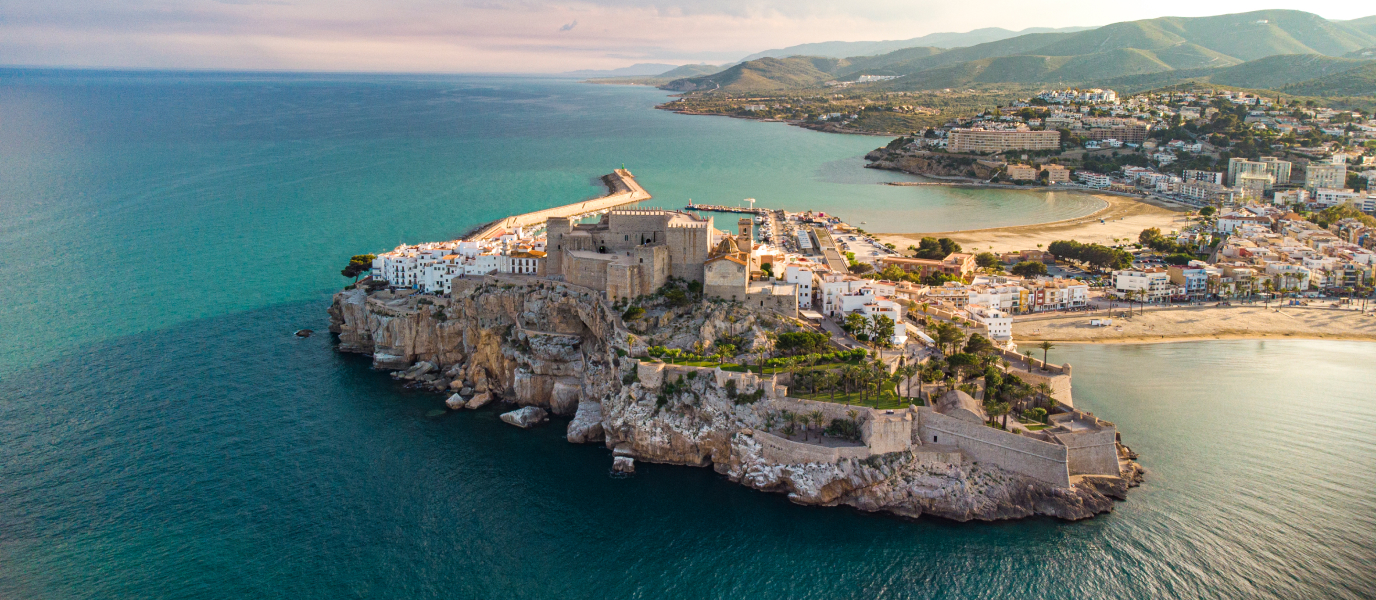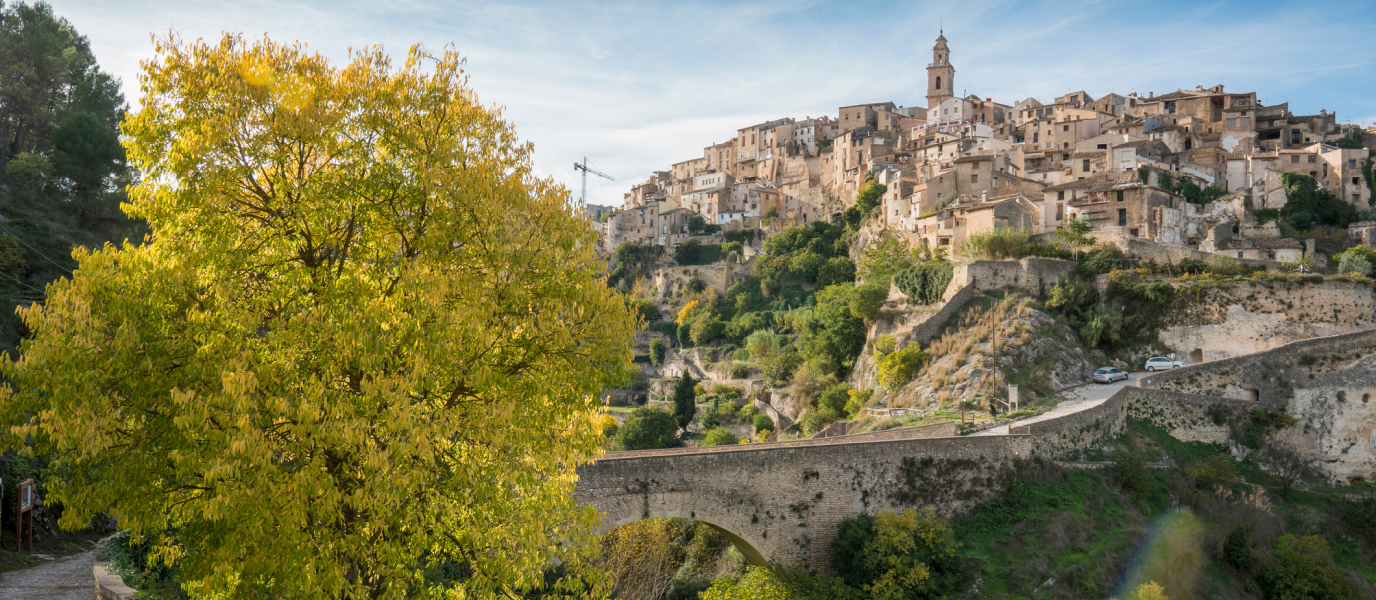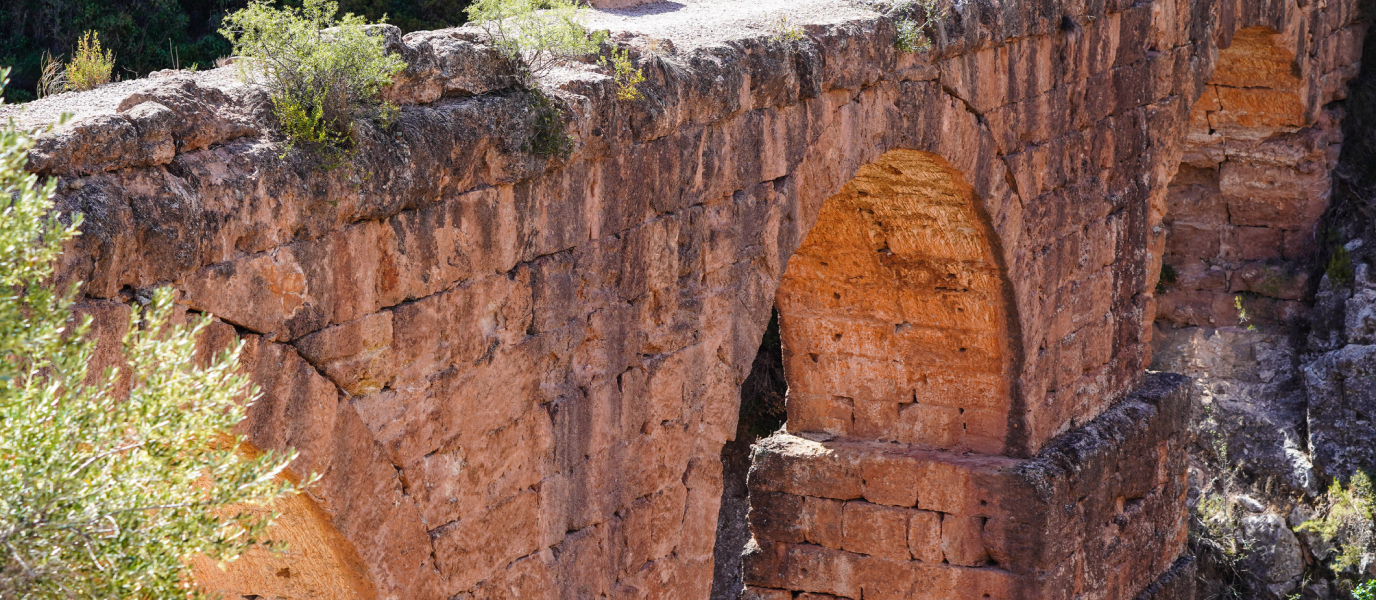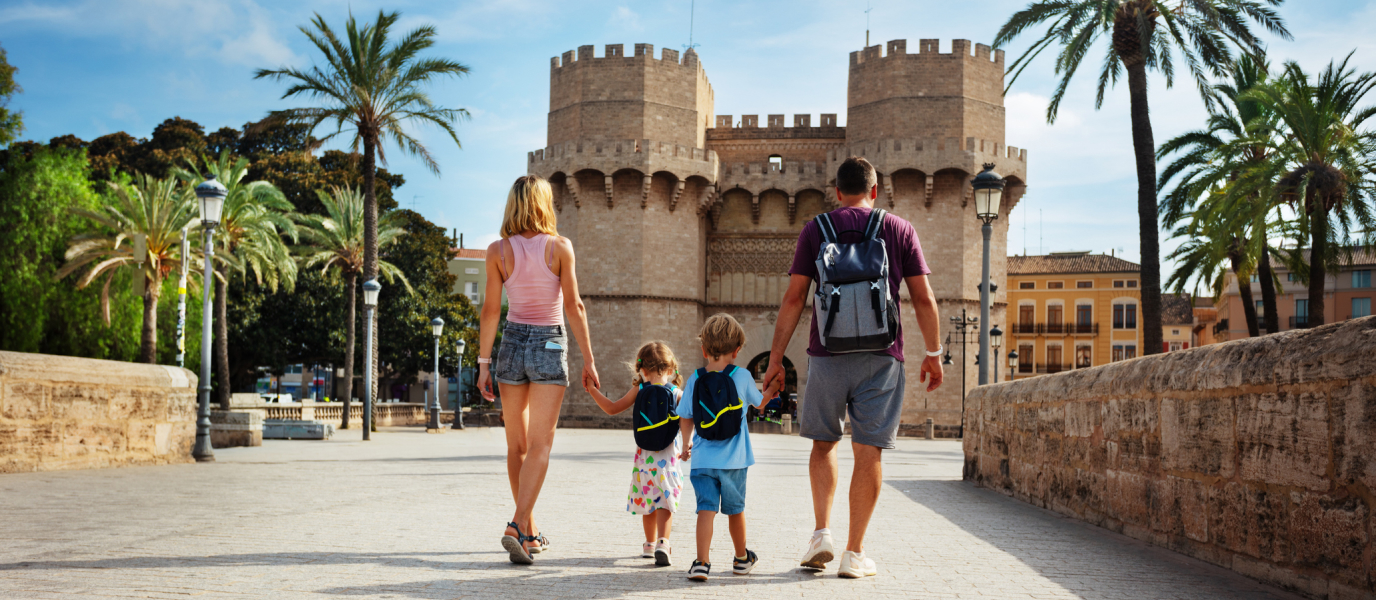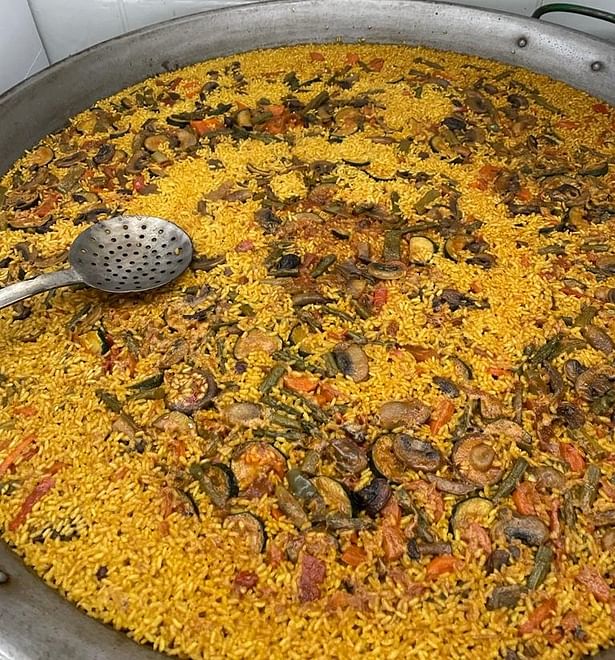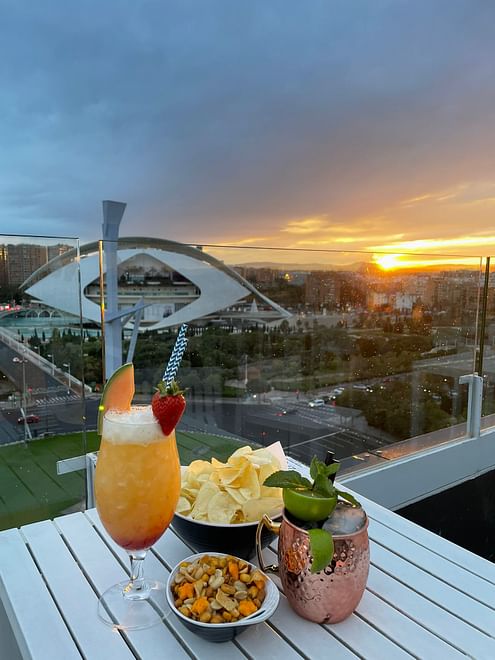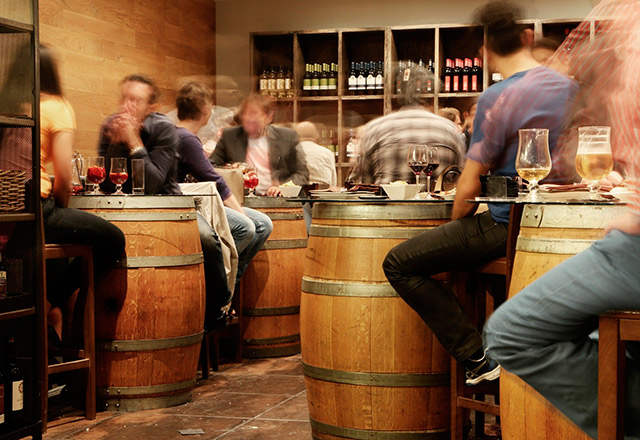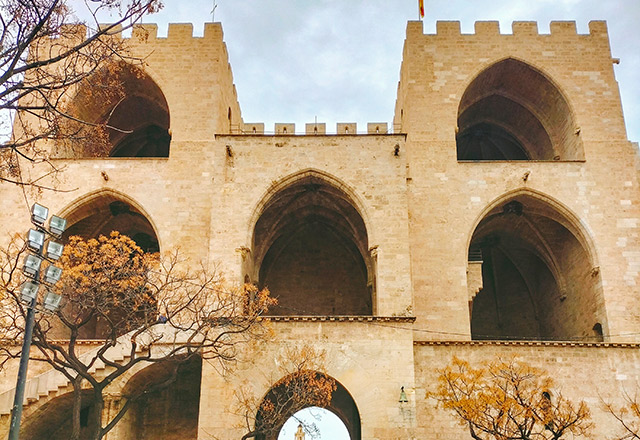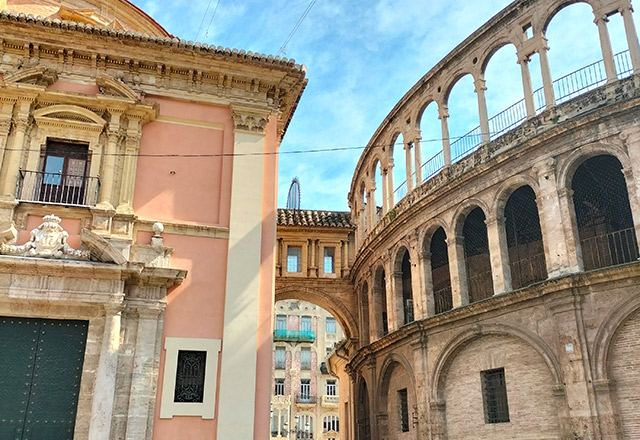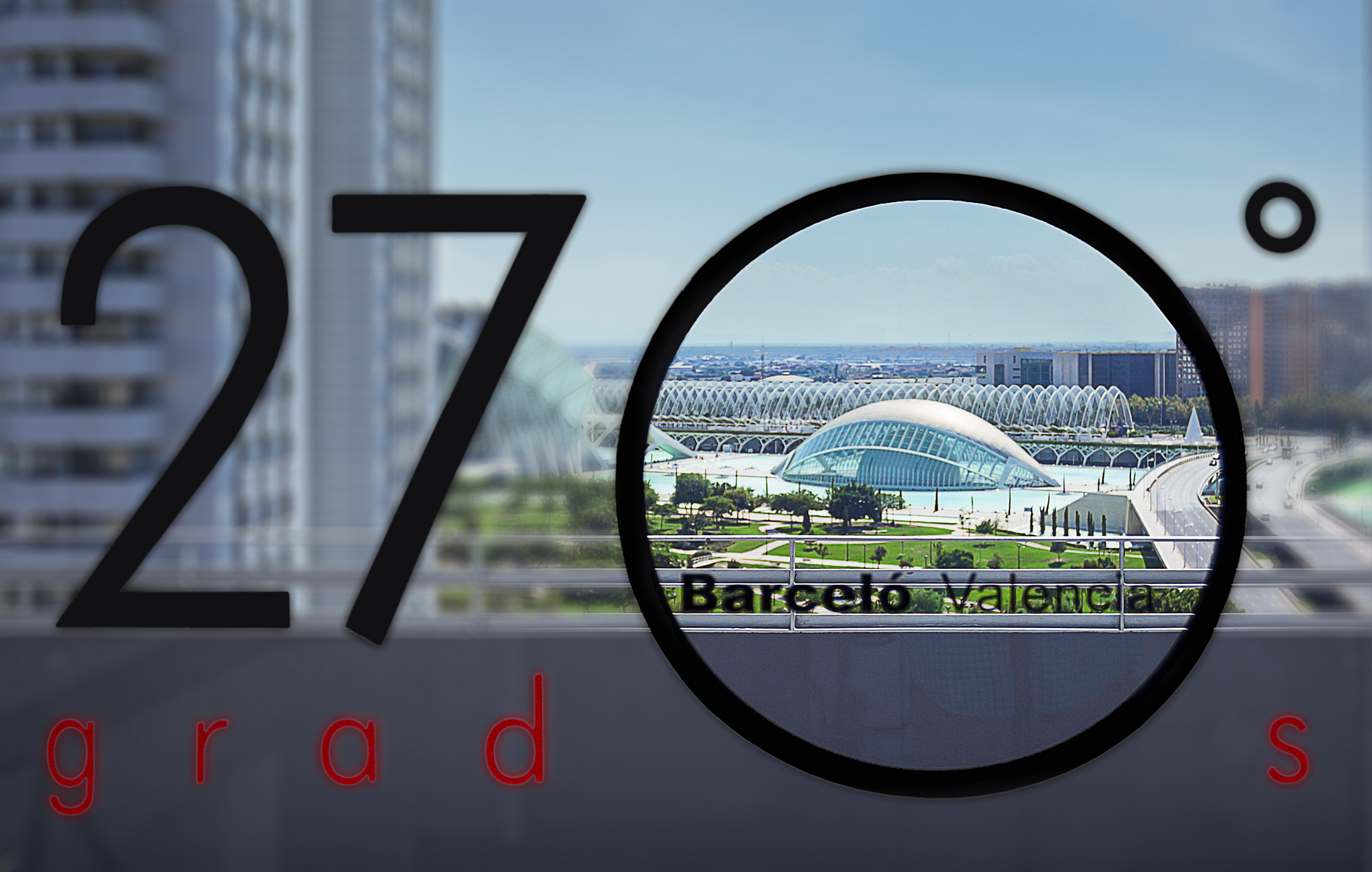Peníscola is yet another place that must be seen on a visit to the Valencia Autonomous Region. On the one hand, due to its picturesque setting, with its old town raised up on a crag at the far end of one of the loveliest beaches on the coast. And, on the other hand, for the old town itself crowned by an immense castle that was once the seat of Pope Benedict XIII, better known as Pope Luna.
So impressive is the town that Peníscola has been chosen as a filming location for various films, including El Cid, directed by Anthony Mann and starring Charlton Heston and Sophia Loren. And, of course, the television series Game of Thrones was similarly unable to resist the town’s charm, shooting several scenes from one of the episodes—in which some of the characters visit the fictitious city of Meereen—on location in Peníscola.
What to see in Peníscola
Without a doubt, the most striking feature of Peníscola, and therefore a must-visit, is its castle, officially known as the Pontifical Templar Castle of Peníscola. It stands on the highest part of the hill on which the town is located and was built between the thirteenth and fourteenth centuries by Templar Knights, modelled on those previously built in Palestine.
In the fourteenth century, the castle was converted into one of the troubled era’s three papal seats, in addition to the Vatican and Avignon. It was the refuge (or rather the golden prison) of Benedict XIII until his death. Although the Church considers him an Antipope, he has gone down in history as Pope Luna, the same name often used to refer to Peníscola Castle.
The town also has many other monuments and natural spots that deserve to be highlighted:
- Parish Church of Santa Maria: Only the façade and its surrounding wall have been preserved from the original thirteenth-century building (the church suffered a serious fire in the fifteenth century). The construction that stand today dates, for the most part, from the seventeenth and eighteenth centuries.
- Parque de Artillería: The gardens of Pope Luna Castle, now converted into a botanical garden, offer one of the best views of Platja Nord
- The walls: Out of the three walls built over the course of the tumultuous history of Peníscola, the Renaissance part, situated at the front of the castle’s fortification and designed by the Italian Antonelli in the sixteenth century, particularly stands out.
- El Bufador: A natural tunnel under the rock on which Peníscola’s old town stands. When the water enters the tunnel it causes a loud hissing sound, from where it takes its name (bufar means ‘to hiss’ in Spanish).
Peníscola beach
Without a doubt, one of the most important natural places in Peníscola is Platja Nord, which spans five kilometres of fine sand and a width of 44 metres, flanked by a lovely seaside promenade. The beach is also the town’s biggest draw, especially in the summer months, not just because of the sea and sand but for the extensive range of leisure options that it offers.
The beach is well tended to and, therefore, has been awarded with a Blue Flag on various occasions by the European Union, in addition to a ‘Q’ for Tourist Quality.
One of the best times to visit the beach is at sunrise when the sun seems to emerge out of the water and the silhouette of Pope Luna Castle is reflected in the wet sand—a true sight to behold.
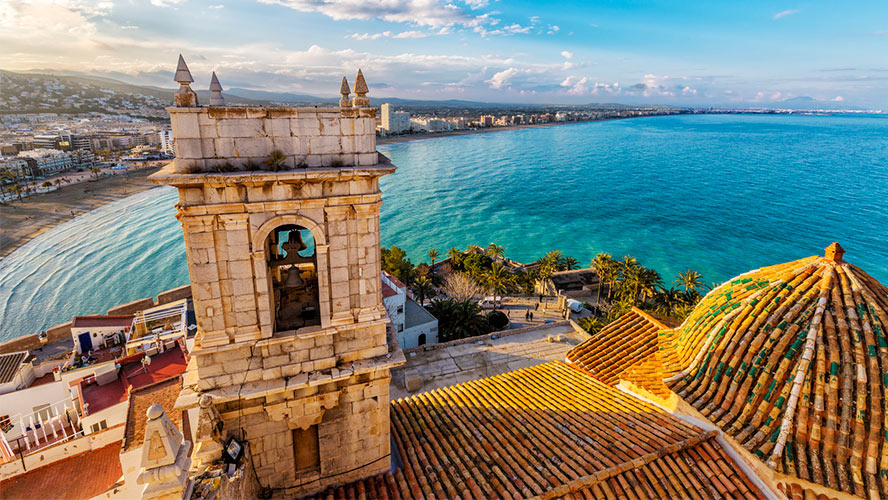
Sierra de Irta Natural Park
Just a few kilometres to the south of Peníscola is the Sierra de Irta Natural Park, a protected space formed of a small coastal mountain chain spanning some 15 kilometres in length and reaching 573 metres in height at the Campanilles peak.
It stands out for its rocky landscapes, dramatic cliffs suspended above the sea and small coves, in addition to areas with typical Mediterranean scrub, such as mastic shrub, heather, rosemary, fan palms, gorse, thyme, lavender, oleander, arbutus, stiff brome, bramble, rock tea, pennyroyal, cistus, juniper, chamomile and many more.
In terms of wildlife, of particular note are the seabirds, such as Audouin’s gull and great cormorant. You can also see numerous specimens of whitethroat, Bonelli’s eagle, common kestrel, common buzzard and short-toed snake eagle, among other birds.
As for mammals, the park is home to species such as red squirrels, wild boars, foxes, genets and badgers.
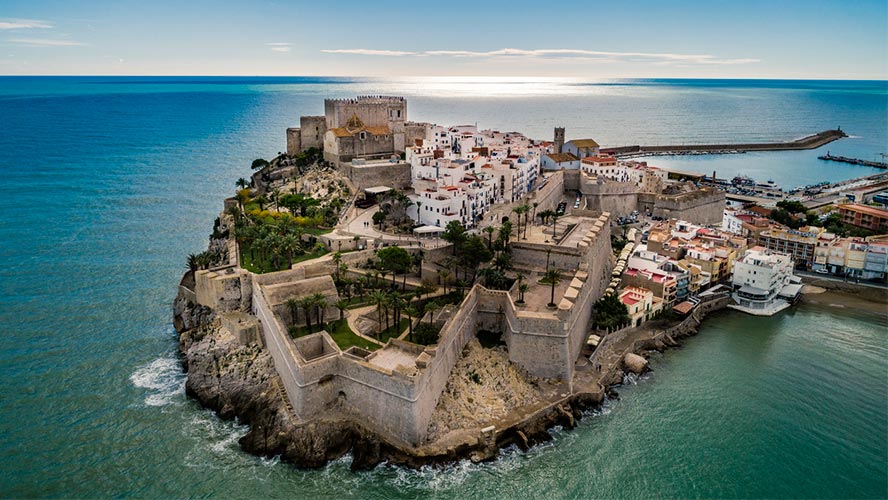
Where to eat in Peníscola
Peníscola is a magnificent place for savouring the flavours of Mediterranean cuisine and Valencian rice dishes (vincular a URL correspondiente). Some of the best restaurants include:
- Casa Jaime (Avinguda del Papa Luna, 5): Perfect for sampling Castellón-style rice dishes. It also has the kind of guarantee you only get from places that have been around for over half a century. Don’t miss the arroz de galeras with cuttlefish roe and artichokes.
- La Golosona (Avinguda del Papa Luna, 53): This restaurant offers an interesting fusion of Italian and Valencian cuisine. In fact, sometimes it can be difficult to choose between its rice dishes and fideuás (similar to paella but made with noodles) or its pizza marinara. Be sure to check out its transalpine desserts.
- El Peñón (Sants Martirs, 22): This establishment has two great attractions: firstly, eating alongside the walls of Pope Luna Castle, and, secondly, tasting some of the best Mediterranean-inspired dishes in all of Peníscola, above all, those made with fish and seafood bought daily from the local fish market.




































































